Animal Communication
Introduction
Animal communication involves a wide range of behaviors that animals use to interact with each other. This complex process plays a crucial role in many aspects of animal life, including finding food, avoiding predators, and reproducing. Animal communication can take many forms, such as vocalizations, visual signals, chemical signals, and tactile signals. This article will delve into the intricacies of animal communication, exploring the various methods and purposes of communication among different animal species.


Vocalizations
Vocalizations are one of the most common forms of animal communication. They can be used to convey a variety of messages, including warnings of danger, expressions of dominance, or invitations to mate. The complexity and diversity of animal vocalizations vary greatly among species.
Birdsong
Birdsong is a particularly complex form of vocal communication. Many bird species use song to establish territory, attract mates, and communicate with other birds. The structure and complexity of birdsong can vary greatly among species, and even among individuals within a species. Some birds, such as the song sparrow, have a repertoire of several different songs, while others, like the European robin, have a single, highly variable song.


Mammalian Vocalizations
Mammals also use vocalizations in a variety of ways. For example, many primate species use vocalizations to communicate with group members, warn of predators, or establish dominance. Dolphins and whales use complex vocalizations, including clicks, whistles, and songs, for communication. These vocalizations can convey a wide range of information, including individual identity, group membership, and location.


Visual Signals
Visual signals are another important form of animal communication. These can include coloration, body posture, facial expressions, and movements. Visual signals are often used in conjunction with other forms of communication, such as vocalizations or chemical signals.
Coloration
Many animals use coloration as a form of communication. For example, the bright colors of many bird species are used to attract mates or warn off rivals. Some animals, such as chameleons and cuttlefish, can even change their coloration in response to environmental conditions or social interactions.
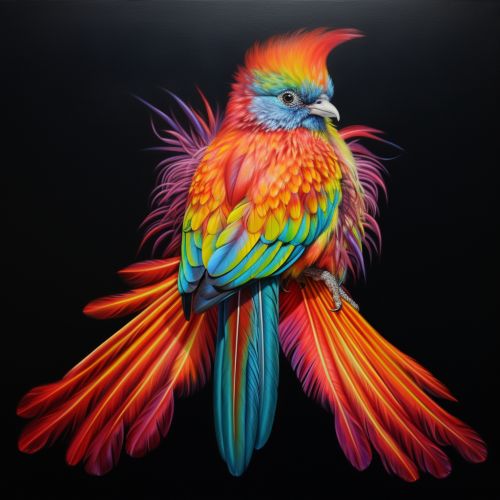
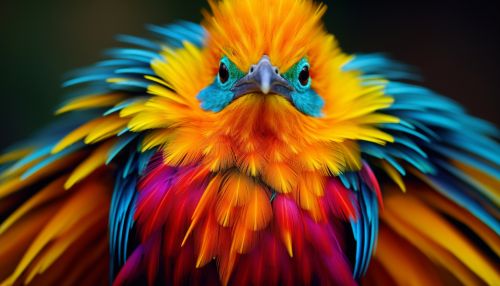
Body Posture and Movements
Body posture and movements can also convey a variety of messages. For example, a dog wagging its tail is often interpreted as a sign of happiness or excitement, while a raised tail can indicate aggression or fear. Many bird species use specific movements or postures during courtship displays, while bees use a complex series of movements, known as the waggle dance, to communicate the location of food sources to other bees.

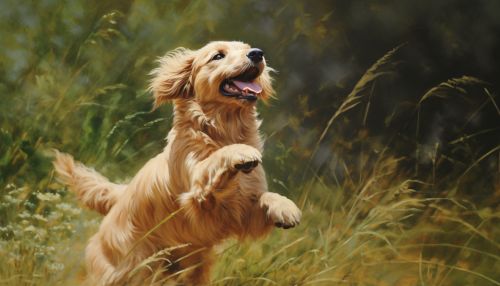
Chemical Signals
Chemical signals, or pheromones, are a form of communication used by many animal species. These signals can convey a wide range of information, including the presence of food, the readiness of a female to mate, or the presence of danger.
Pheromones
Pheromones are chemical substances produced by an animal that can affect the behavior or physiology of other members of the same species. They are often used in mating behaviors, with males and females producing different pheromones to attract potential mates. Pheromones can also be used to mark territory, signal danger, or communicate social status.
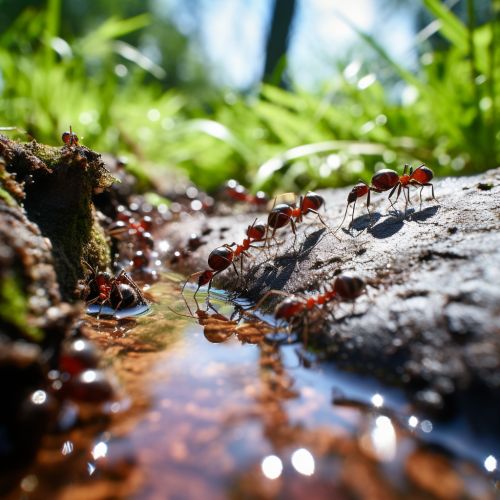
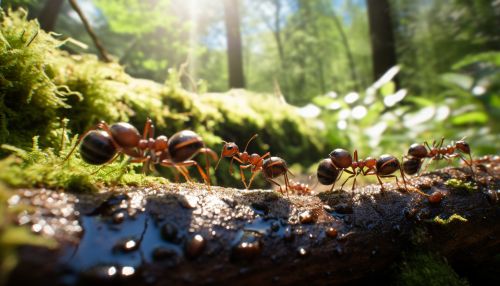
Tactile Signals
Tactile signals involve physical contact between animals and can be used to convey a variety of messages. These can include grooming behaviors, mating behaviors, or aggressive behaviors.
Grooming
Grooming is a common form of tactile communication in many animal species. It can serve a variety of purposes, including cleaning, bonding, and establishing social hierarchies. For example, in many primate species, grooming is a social activity that strengthens bonds between individuals and helps to establish and maintain social hierarchies.
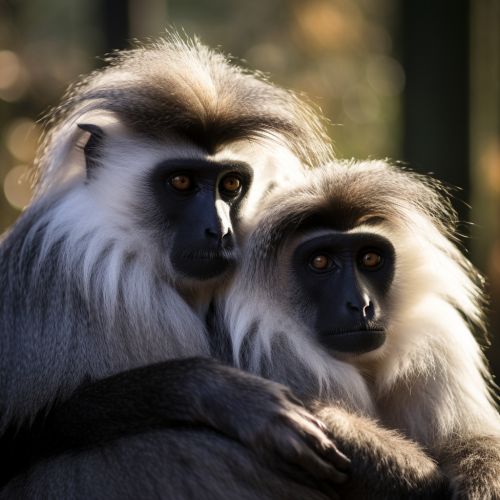
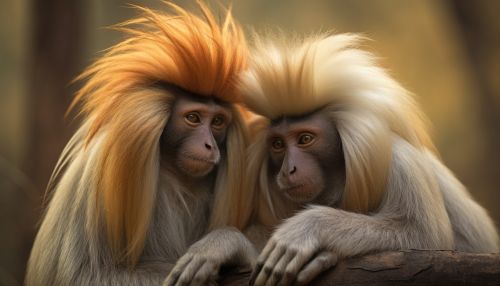
Conclusion
Animal communication is a complex and diverse field, with many different methods and purposes. Whether through vocalizations, visual signals, chemical signals, or tactile signals, animals are constantly communicating with each other in ways that are crucial to their survival and reproduction. Understanding these forms of communication can provide valuable insights into animal behavior and ecology, and can also shed light on the origins and evolution of human communication.
